
Spiritualism Explained
The number of advances and changes that were seen during the Victorian era is nothing short of amazing. Technology moved so fast that it might make even the most firm disbeliever start to wonder if aliens really did give humankind a helping hand, but in addition to all the scientific breakthroughs and discoveries, there was something huge going on at the other end of the spectrum, too.
The British Library says that the Victorian era was something of a renaissance not just of advancement, but of spiritual exploration. It was a time when the spiritual met the scientific, a time of séances, communication with the dead, and a literary revolution of Gothic ghost stories and romances.
In a nutshell, spiritualism is the belief that mediums can communicate with the dead. It might seem like a quaint and outdated idea to a 21st century mind, but in the Victorian era, it wasn’t as improbable as it might seem today. Brand new technologies like the telegraph were already proving that we could send messages over long distances previously unheard of before. And as for mediums? It turns out that many of them saw spiritualism as something else entirely. Spiritualism is much more than séances and sleight-of-hand.
The Fox sisters and the birth of spiritualism
Spiritualism became an international movement, but it started with the excited whispers of 14- and 11-year-old sisters Maggie and Kate Fox. On March 31, 1848, the Fox sisters told their neighbor something amazing: They had started communicating with a spirit that knocked on the walls of their bedroom, seeming to answer their questions. Interested, the neighbor joined the sisters and their family for a demo — and exactly what they said would happen, happened. By that time, it was April Fools’ Day — something that no one seemed to realize.
The sisters’ parents were so creeped out by it that they left and moved to Rochester, New York. It was there, says the Smithsonian, that the sisters added a story about a man who had been murdered in their home, and when curiosity-seekers found bone fragments in the basement, imagination did the rest.
The sisters were asked to perform in public, and it wasn’t long before hundreds of people were going to see them. Later joined by sister Leah, Maggie and Kate established themselves as professional mediums — and the fact that they set themselves up at a hotel belonging to showman PT Barnum wasn’t a hint, either. Their shows got bigger and better, until in 1888, Maggie publicly confessed that the entire thing had been a hoax developed by teenage girls looking to fool the grown-ups. By then, it was too late: No one cared where it came from, spiritualism had been born.
The early writings of Emanuel Swedenborg shaped spiritualism
The Fox sisters may have started the “how,” but it was Emanuel Swedenborg who inspired the “why.” Starting some time in 1744/5, Swedenborg started to dream of Jesus Christ. It wasn’t long before his dreams were happening while he was awake, and while some might call those hallucinations, The Victorian Web says Swedenborg firmly believed that Christ was appearing to him. He also believed he had been chosen to provide the world with the ultimate explanation to scripture, and had been given exclusive access to the afterlife. Then, he started writing.
Until his death in 1772, Swedenborg claimed to regularly speak with angels, spirits of people he had known, spirits from other planets, and “those who are in hell” (via “Talking back to the spirits: The voices and visions of Emanuel Swedenborg”).
His conversations with the dead led him to the conclusion that the afterlife was a little more complicated than heaven vs. hell. He wrote (via the Smithsonian) that there were actually three different heavens, three different hells, and something in between. That in between world was kind of like a way station, a place for spirits to go before heading on to their final destination. While they were there — in a realm that looked kind of like the land of the living — they could be contacted. It’s easy to see why his writings were so popular.
The scientific principle of animal magnetism
Science doesn’t always hit a home run on the first try, and about the same time spiritualism was getting increasingly popular, there was a scientific theory making the rounds that seemed to legitimize the whole thing.
Franz Anton Mesmer was a healer, and he practiced medicine in a Reiki sort of way. According to the Smithsonian, he firmly believed that the continued good health of the human body relied on a balancing of a “magnetic fluid” that was contained within each person. By putting a client into a hypnotic state, he claimed to be able to realign that fluid and, in turn, heal whatever ailed the person.
Mesmer himself held demonstrations that showed just how he claimed to heal those who came to him for help, and pretty soon, others were picking up the idea and running with it. The connection to spiritualism became even stronger when those who were put into a trance — or “mesmerized” — emerged saying that they had seen the spirits of the other side. History Today says that Mesmer’s theory of “animal magnetism” essentially helped tie practices involving the spiritual world and the occult to the more mainstream science of healing.
Why was spiritualism so incredibly popular?
Spiritualism — like any religious movement — had plenty of skeptics, but according to the New Yorker, even skeptics like Queen Victoria still sat in on séances. Why?
What seems to have given rise to the popularity of spiritualism was a perfect storm of horrible circumstances. At the time the movement was gaining traction, most people had a lot of loved ones and they were grieving. Grief is a powerful thing, and the promise of just one more conversation is tempting enough that even non-believers will sit in on a séance in hopes of having their minds changed.
In the mid-19th century, it’s estimated that as much as 40% of children died before they were 5 years old. And then, there was the American Civil War. Loss of life was catastrophic, and at a time when the families of nearly a million dead soldiers were looking for something — anything — to reassure them that their souls were at peace, Spiritualism was just the thing. Some families could reach out to speak to their fathers, sons, and brothers through a séance, but there was this new thing called photography, too. Spirit photography was all the rage, and a really good spirit photographer who could take a photo of a person with a blurry, almost-human figure beside them gave families more than just a photo: It gave them peace and hope that their loved ones were in a better place.
It was a way for Victorian-era women to be heard
Spiritualism really took off in the U.S. before heading to Europe in 1852. That was the year that Maria B. Hayden left the States and headed to London, where she was an immediate hit. According to Dr. Andrzej Diniejko (via The Victorian Web), the practice of holding séances spread quickly throughout London, but for those running the show, it wasn’t just about contacting the dead.
At the time, women were said to be more well-suited to being mediums than men, as they were thought to be more sensitive and receptive to spirits. Historian R. Laurence Moore says (via JSTOR Daily) that because the medium was seen as a “passive” and “impressionable” participant, it was perfectly acceptable for a woman to not just take center stage, but speak their mind. For many, it was a first.
That meant different things to different mediums. Some were consulted by powerful figures, while others channeled male spirits and suddenly found they spoke with the authority afforded to men of the era. Whether they believed in the spirit world or not didn’t matter: Women, speaking under the guise of being a vehicle for a spirit, could suddenly come out from under the boot heel of gender roles to have influence in a very public way. While it’s impossible to tell just how many female mediums there were, Ms. says that at the peak of the movement, there were anywhere (on the low end) tens of thousands of women holding séances just in the U.S.
Spiritualism went hand-in-hand with social reform
Spiritualism quickly became much more than it seemed at first glance, and according to Ms., women who suddenly found they were being listened to also realized that they could use that platform to spread some ideas that they couldn’t talk about in any other way.
Very quickly, mediums started sharing messages from spirits who weren’t just reaching out to tell loved ones they were all right, but they were also sharing messages suggesting things like the end of slavery and the advancement of women’s rights. It turned out that the spirit world believed slavery needed to end, women needed to be given the right to vote, and maybe stop killing Native Americans, too.
At the time, Found SF says these were insanely radical ideas that would have been immediately written off if they came from a regular ol’ woman. But mediums spoke with the weight of their (male) ancestors, and men? They were worth listening to.
And female spiritualists had massive success: Laura de Force was just 18 when she started speaking as a spiritualist. She went on to run for Congress, then wrote a 1878 bill that gave women the right to be lawyers. Then, she became one. Even skeptics acknowledged the value in mediumship. Sojourner Truth didn’t buy into the whole speaking with the dead thing, but lauded spiritualists for their open-mindedness and dedication to social change.
Sir Arthur Conan Doyle was a huge fan
Sir Arthur Conan Doyle not only spent more than a decade promoting the beliefs and practices of spiritualism, but The Conan Doyle Estate says that he went so far as to call it “the more important thing in the world.” While it might seem a little bizarre that the creator of Sherlock Holmes would promote something as otherworldly as speaking to the dead, his belief was legit.
As early as 1880, Conan Doyle — who was still a medical student at the time — wrote a letter where he expressed interest in a lecture he’d attended. It was called “Does Death End All?” and while he said he hadn’t been convinced of anything, he wrote a few years later that he had been thinking about it — a lot. By the time World War I rolled around, he was completely convinced, and when his oldest son, Kingsley, died in 1918, his need to believe was utterly understandable.
The BBC says that Conan Doyle went on to become a paranormal investigator, and in complete opposition to his fictional detective, he was terrible at unmasking frauds. In 1921, the magician William S. Marriott was in the middle of his own investigation to prove that most so-called “spirit photographs” were fake. Marriott took photos of Conan Doyle and developed them, proving that it could be done in plain sight. Still, Conan Doyle continued to believe — all the way to his death in 1930.
Mary Todd Lincoln, spiritualism, and… a warning?
Mary Todd Lincoln is often depicted in a less-than-sympathetic light, but according to The White House Historical Association, she bore an incredible burden. By the time her husband was assassinated — as he sat beside her — she had already lost her mother and buried three of her children.
It was after her 11-year-old son, Willie, succumbed to typhoid fever that she looked to spiritualism for comfort. For her, it worked. She told family that both Willie and another deceased child, 4-year-old Eddie, regularly visited her. “Willie Lives. He comes to me every night and stands at the foot of the bed with the same sweet adorable smile that he always had.”
The First Lady continued holding séances in the White House, and here’s where things get weird. One of the mediums she regularly consulted with was Charles J. Colchester. According to the Smithsonian, he was the sort of medium who was incredibly good at selling his story, while telling others that “he often cheated the fools, as he could easily do it.” Still, when he started holding séances for the Lincolns, he warned the president repeatedly about the danger he was in. In early 1865, Lincoln remarked to his associates that Colchester had been after him to be careful, but he’d brushed off the warnings. He shouldn’t have, as he was assassinated in April of that year. Was Colchester psychic? No, but he was good friends with John Wilkes Booth.
Britain's art mediums
Spiritualism was incredibly multi-faceted, and involved much more than holding hands around a table and listening to some knocking.cAccording to University of Aberdeen Doctoral Researcher in History of Art Michelle Foot (via The Conversation), some Victorian-era Spiritualist mediums used art as their, well, medium. And some of them were shockingly good at it.
Georgiana Houghton, for example, claimed to be channeling the spirits of giants like Correggio and Titian while she painted, and the works she produced (including the one pictured) while supposedly under their control are now considered some of the first examples of abstract art and yes, they’re on display in galleries. Only about 40 of the hundreds of pieces she did still exist, and historians believe that she used spiritualism to help her get to the end goal of becoming a respected artist.
She wasn’t the only one to use art to relay what was considered a sacred message, and scores of artist-mediums produced hundreds of these outsider art paintings. At the time, skeptics of spiritualism helped de-value the artwork, but modern art historians are reexamining some of the surviving works for what they are: groundbreaking demonstrations of innovative techniques.
Harry Houdini went above and beyond to debunk the whole thing
Harry Houdini was extremely close to his mother (pictured, with her son and his wife), and when she died after suffering a stroke in 1913, things were never the same. According to BBVA, he spent hours speaking to her, and eventually decided to attend a séance to give a professional medium a chance. He had never believed in the whole idea, and in 1922, he attended a session in which an automatic writer penned a 15-page document, supposedly while under the guidance of Houdini’s mother.
Houdini had two big problems with that: First his mother couldn’t write in English, and secondly, she was Jewish, and definitely wouldn’t have added a cross to her message.
The New York Times says that ultimately, he came to the conclusion that mediums were all con artists who were just looking to take advantage of the grieving to make a few bucks — and he wasn’t going to stand for that. He recruited other skeptics to help him on his crusade, and one of his most successful associates was the private investigator Rose Mackenberg. She investigated and exposed around 300 so-called psychics, including Charles Gunsolas. After Gunsolas asked Mackenberg — who was posing as a grieving mother — to remove her clothes to encourage his connection with the spirit guide, Houdini later attended one of his public shows to confront him. Gunsolas fled an outraged audience.
Modern psychology meets Victorian-era spiritualism
Here’s the elephant in the room: Why were so many people absolutely convinced that spiritualism actually allowed someone to speak with the dead? Grief is a powerful thing, but modern psychology suggests there’s a lot more to it.
Fast forward to the 21st century, and psychologists have done a deep dive into why people are so willing to believe, and it starts with our tendency to remember the things mediums (and other fortune-tellers and psychics) get right, while overlooking what they get wrong.
There are other things at work here, too. Professor and author of “Paranormality” Richard Wiseman says (via the Guardian) that when they wanted to know how so many people were so easily fooled, they conducted a series of experiments that proved how easy it was. When they held séances, they included things like floating balls painted with glow-in-the-dark paint. At the end, about a fifth of séance participants were convinced they’d had a spiritual experience.
Wiseman said: “We had a man creeping around with a stick. We thought when we read the original accounts of how séances were carried out that they wouldn’t fool anyone. We were wrong. A lot of this is to do with framing. … Once you think it’s a spirit, you don’t look for another explanation.”
The decline and rebirth of spiritualism
As much as people might want to believe, by the early 20th century, more and more mediums were being exposed as frauds — especially when photography became more popular and accessible. Mediums were photographed using their knees to tip tables, investigators — like Houdini — set up elaborate experiments to test the scientific veracity of claims, and newspapers reported on the inevitable findings, shouting “Fraud!” from the headlines, says the Atlantic.
Still, it never entirely went away, and in 2019, the BBC did a focus piece on modern-day spiritualism. It’s alive and well, they found, and now in the hands of millennials who believe they have the power to channel the dead. LED candles have replaced wax ones, the devout now boast membership in groups like the Spiritualists’ National Union of Great Britain, and it’s considered an official religious movement.
Still, the principle remains the same. No matter what the century, people will always hope to speak with those they’ve lost… just one more time.
69 thoughts on “Spiritualism Explained”
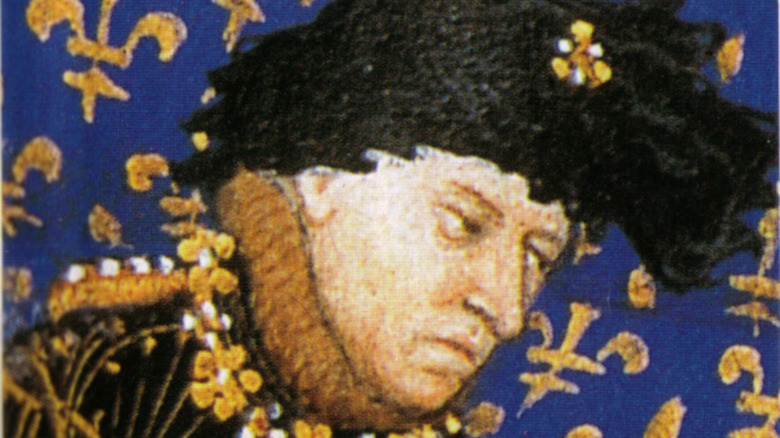
This Was The Problem With Charles VI Of France's Reign

The Surprising Truth About Axis Soldiers During World War II
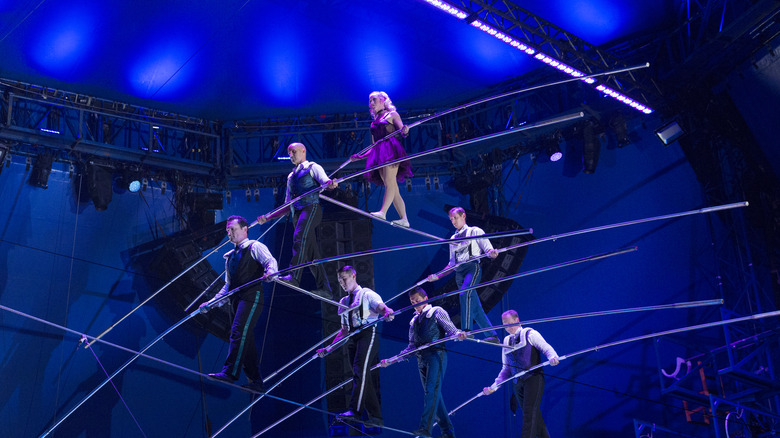
The Tragic Death Of Angel Wallenda
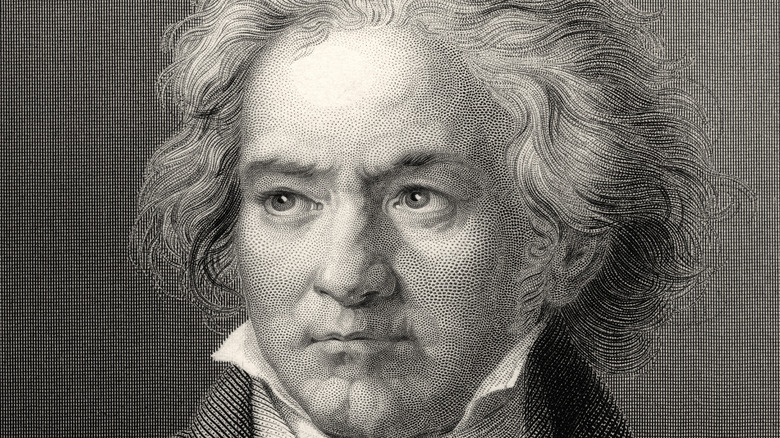
The Truth About Beethoven's Father

This Was The Dress Code Of The Knights Templar

The Bizarre History Of Goldfish Swallowing

Plants Use 'An Internet Of Fungus' To Communicate

What Steven Seagal's Position With Russia Really Means

'Starch Artist' Sculpts Mashed Potato Cybertruck At Thanksgiving

What Those Triangles Inside Airplanes Really Mean
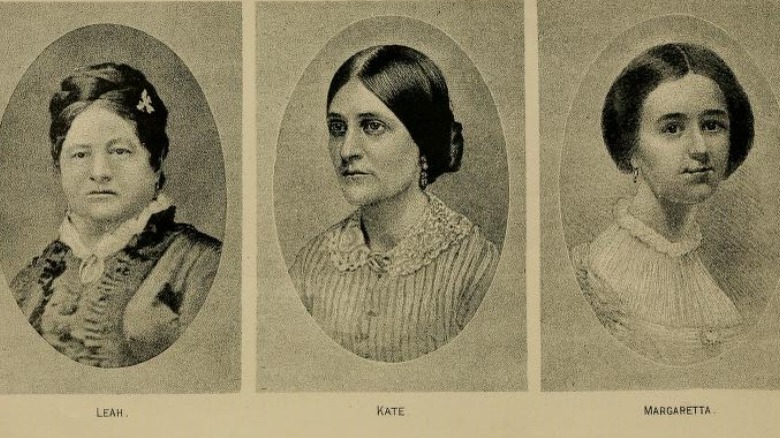
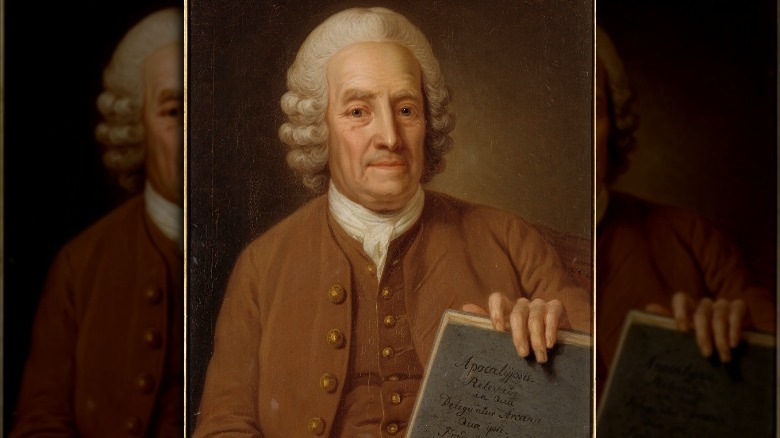
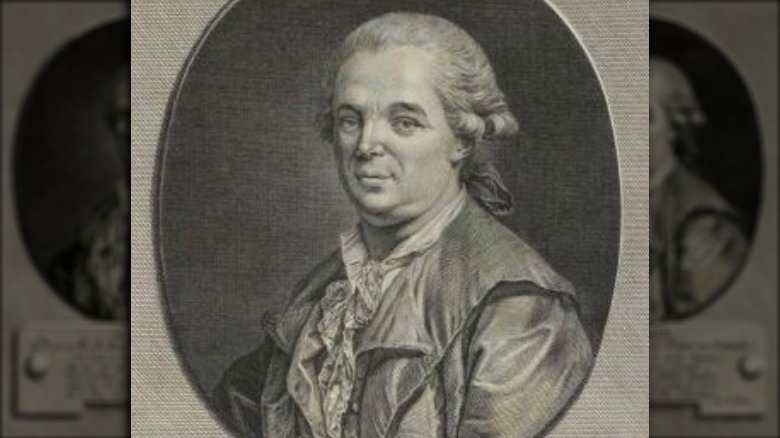
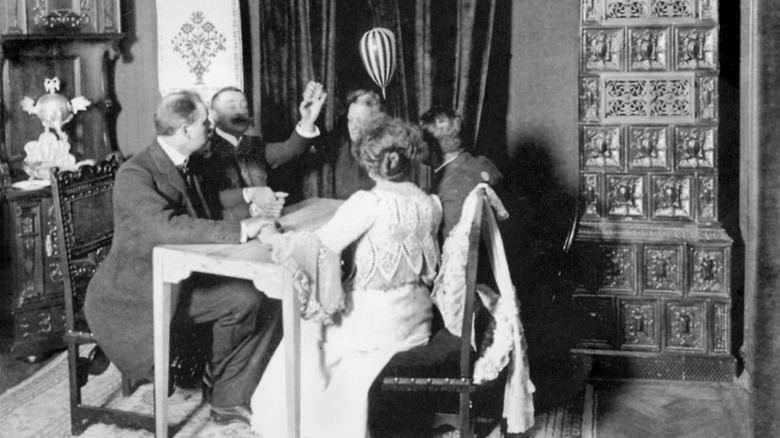
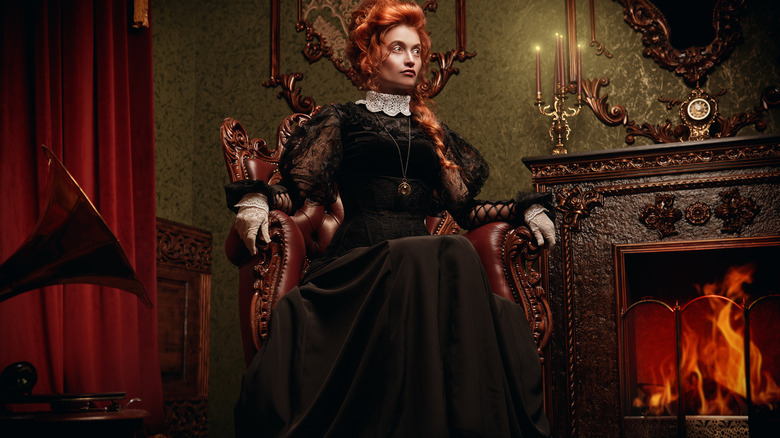
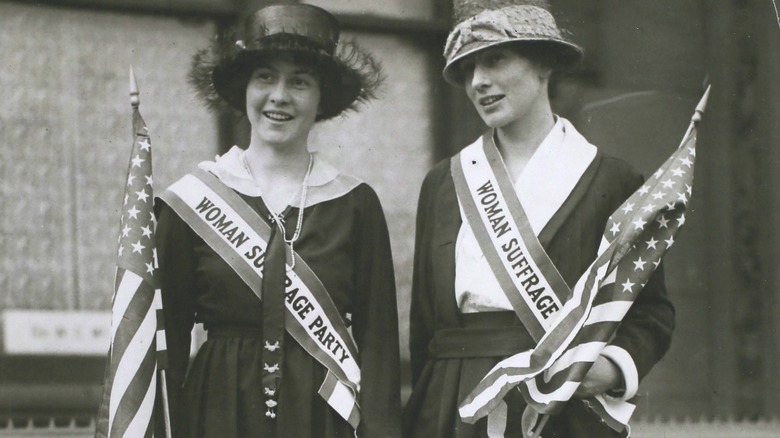
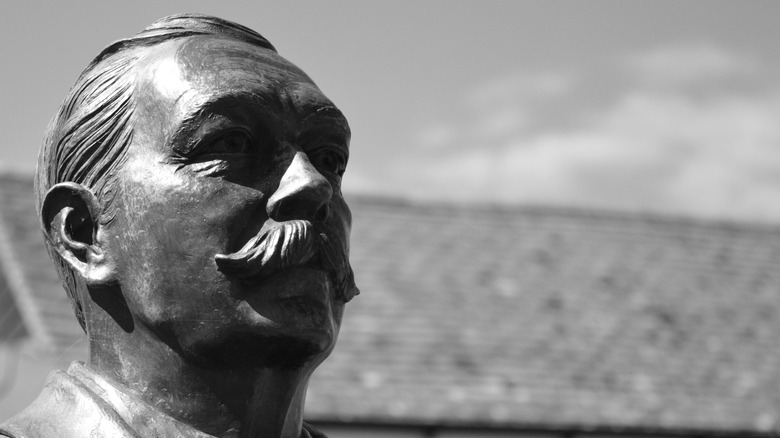
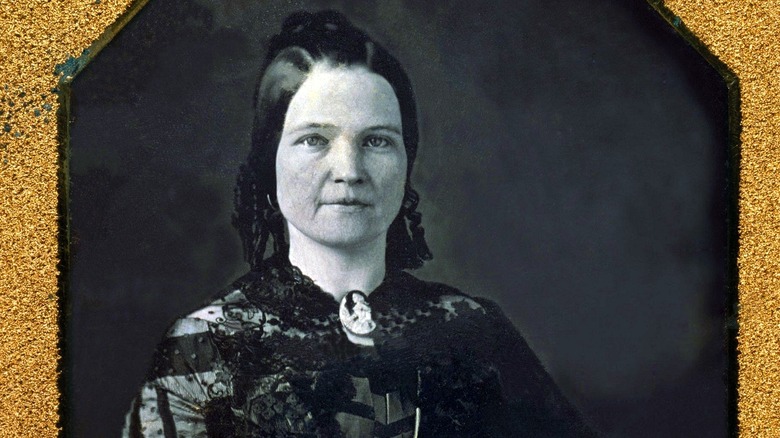
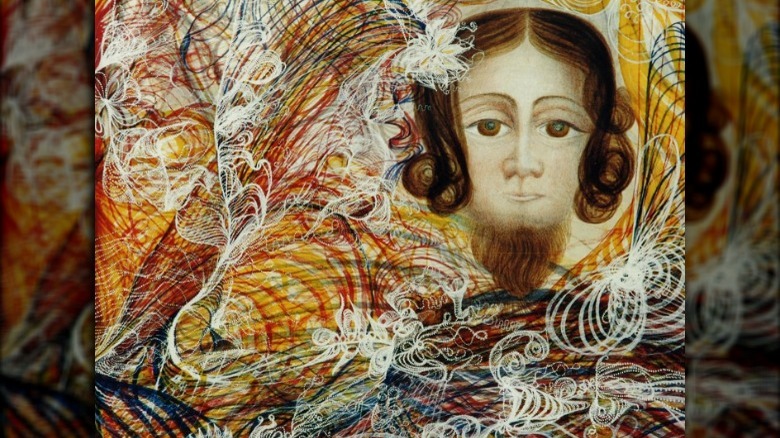
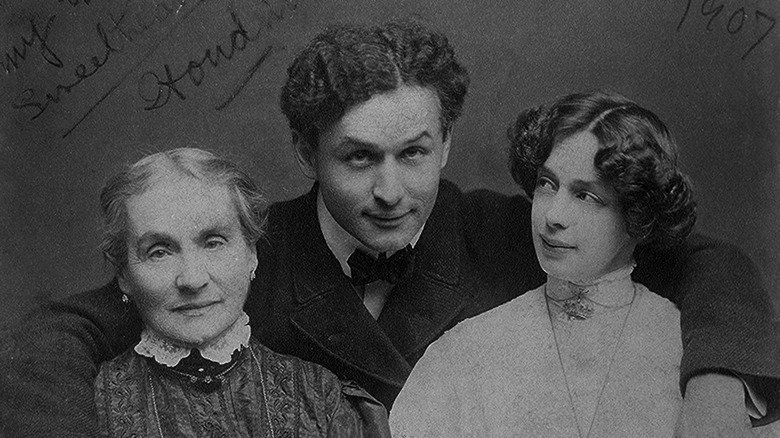
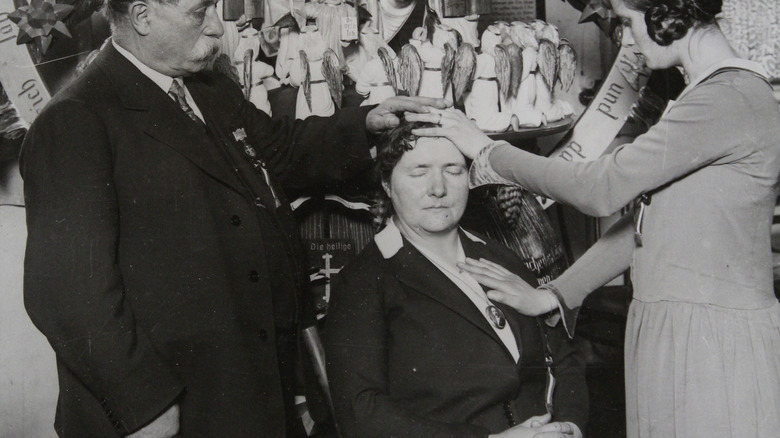
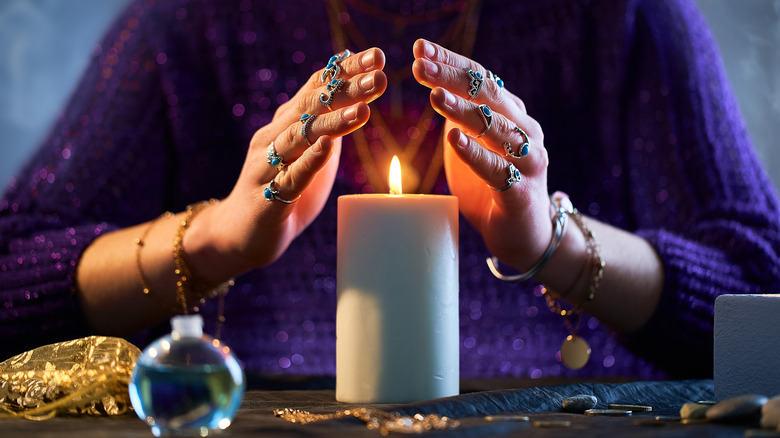




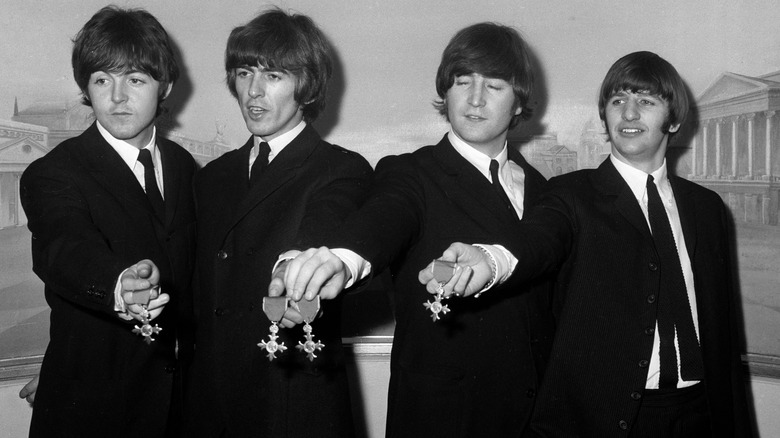





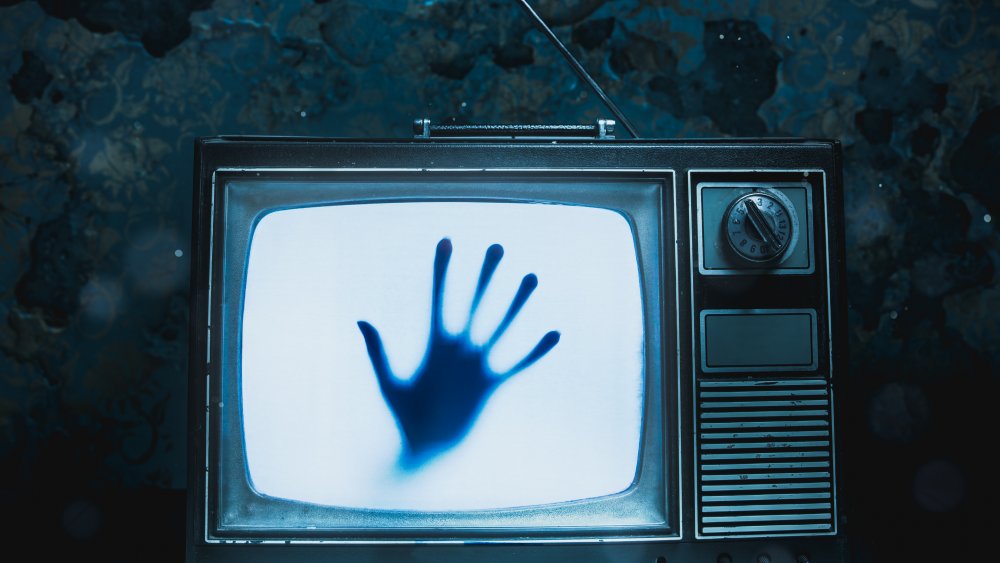
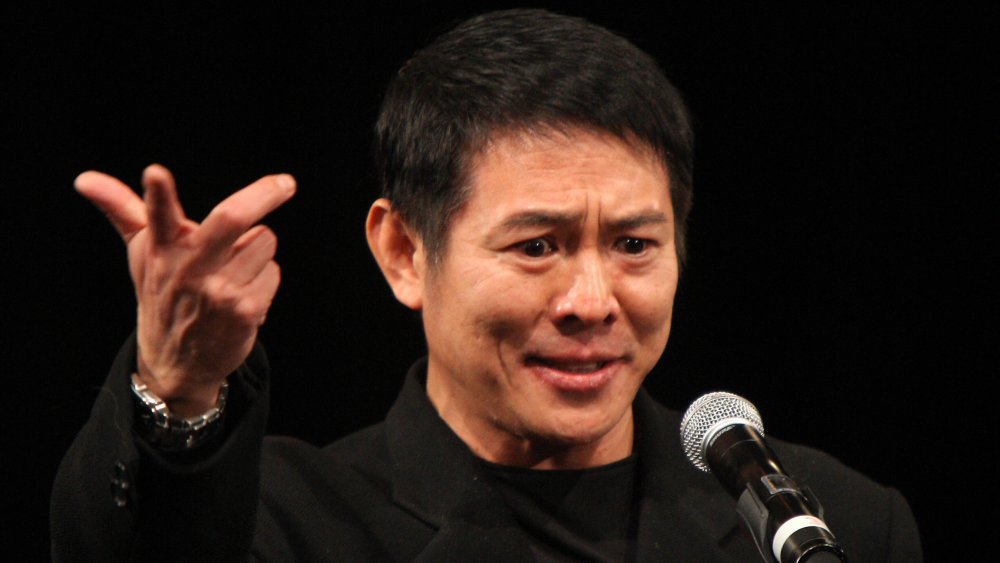





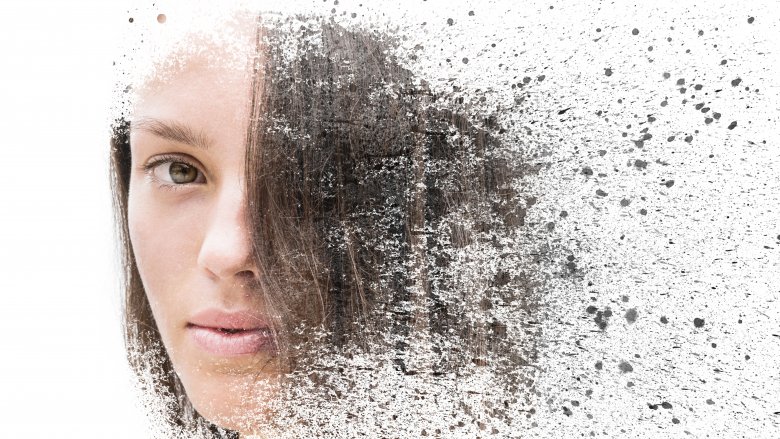







Can you be more specific about the content of your article? After reading it, I still have some doubts. Hope you can help me.